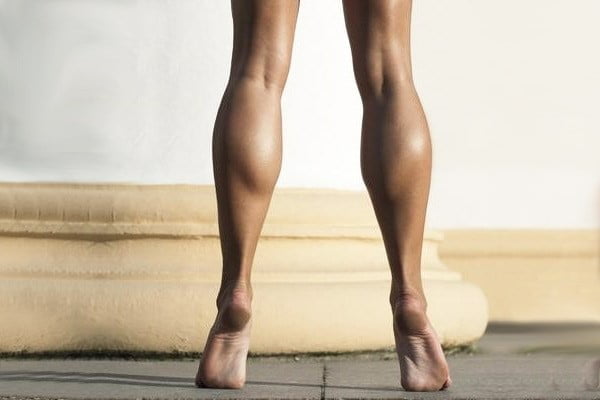Are you suffering pain in your Achilles that came on for no real reason? One that hurts when you get up in the morning or to train or play? Have you tried to fix it without much luck?
You may have Achilles tendinopathy.
Achilles tendinopathy is an annoying condition that can stop you from playing or even training from weeks to months. It normally comes on with changes to your training load, footwear or from bumps or knocks and can become very painful. Once the initial strong pain settles, the niggling recurrent strains and catches tend to drag on, and these are what people normally battle with.
See, to fix the tendon you need to know a bit about how its made up.
The tendon is a thick wiry structure that’s main job is to transfer the force from your muscle onto the bone. It loves doing what its used to doing. So, when you use your tendon more (or less) it reacts by producing proteins, which in turn swell the tendon and disrupt the nice straight collagen fibres. That makes the tendon less efficient at transferring the load (less power and speed) and causes things to get pretty painful.
The longer it stays this way the less organised the fibres get and the tendon gets thicker to compensate.
So you are left with a big thick tendon, that’s not very good at doing its job, and it hurts when you use it.
Now you know how it happens, here’s the 5 steps to fixing it:
- Change or reduce your load
This can be intensity, weight, distance, surface, less inclines or hills. For example, if you are a runner and normally run 50kms a week, aim to reduce your distance to 25kms at a lesser pace. Or try running a course with less hills or steps.
- Check your footwear
The Achilles is stretched when your toes are pulled up, so to “slacken the rope” we need a heel drop in your shoe, or a heel raise. It has to be enough that changes the way running feels.
3. Pain is not the enemy
Current research tells us that we get pain from our brain to protect our tissue BEFORE we injure them, like a protection mechanism. For tendons, up to a 3 or 4/10 is OK, and in fact beneficial for the tendon to strengthen and recover. Feeling no pain may be OK, but also may mean you are not loading it enough. Feeling >4/10 is not productive and may cause increased symptoms.
To get the tendon stronger and better able to take the loads of your training or sport, you have to build up the tolerance of the tissue.
Initially, isometric holds of 45 seconds for 5 reps with a load that produces no more than 4/10 pain, has been shown to have an analgesic effect for Achilles tendinopathy. That’s right, strength training is your pain relief.
5. Progress to sporting load
After the initial phase of reducing the tendon pain via isometrics, progress to moving exercises (up and down) then to plyometric or “load storage and release” exercises like jumps and hops.
It is important not to skip the first 4 steps before you get to this one, because that is a quick way to a painful tendon.
Of course, a physio is best trained to be able to monitor this protocol and alter it to suit your sporting needs, so give us a call!
By Andrew Alexander, Physio Connex



